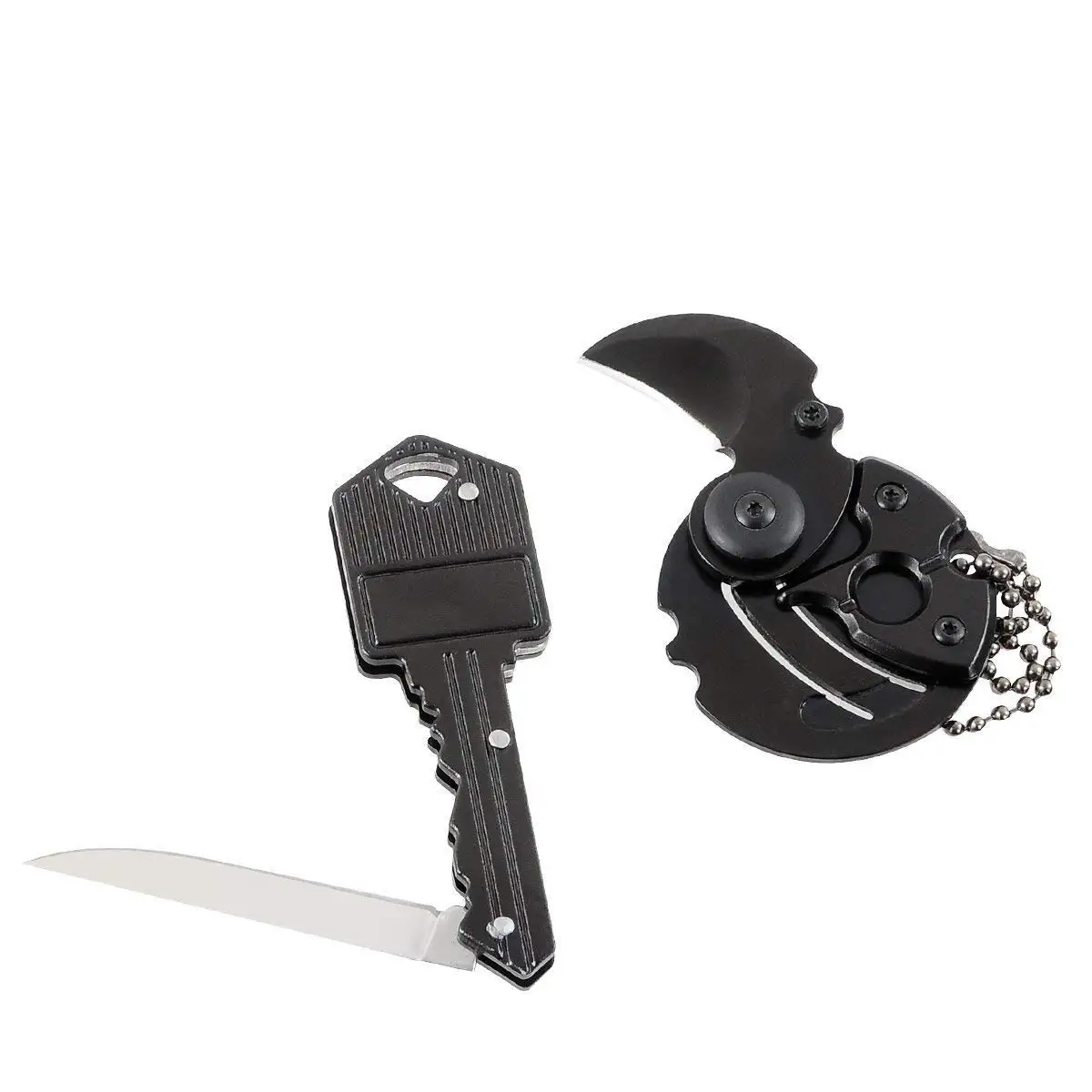

In Korea, milk was occasionally sold in plastic bags until 1988. Eli Yishai, Israel's former minister of internal affairs, used empty milk bags in the Knesset as props to complain about price-hikes in the cost of milk. For religious Jews, opening a bag of milk can be considered problematic on Shabbat, because the action requires cutting. The higher the ratio of the former to the latter, the higher the status of the region in Israel. Based on these differences, Blue Square Network created a way to measure the socioeconomic status of an area based on the sales ratio of milk cartons versus bagged milk. The higher the socio-economic status of the purchaser, the more likely they are to buy milk in cartons rather than in bags, despite the higher price of cartons. Due to the price differences, a relationship was observed between the socioeconomic status of the consumer and the type of milk container that they customarily purchased. Therefore, there are price differences between the milk bags and the other alternatives available for marketing milk - plastic bottles or milk cartons. In Israel, the milk bag is a regulated product, which means that its price is controlled by the state. They became the standard form of milk packaging in the 1960s, with the discontinuation of glass bottles. In Israel, milk in a bag is the most common type of packaging for milk. In urban parts of India, milk is most commonly sold in 0.5-litre and 1-litre bags. Large milk bags inside corrugated boxes ( bag-in-box) are often used in milk dispensers at schools and institutions. These bag openers are a common type of refrigerator magnet, although the bags can be opened with scissors or knives. The key-shaped bag opener with a clip and a magnet was invented in Toronto in 1979. Two accessories are commonly associated with Canadian milk bags - pitchers and bag openers. Some convenience store chains offer 4 L (7 imp pt) plastic jugs instead of milk bags, even in eastern Canada. The three-bag 4 L (7 imp pt) package is the largest normally sold at retail, with the lowest unit price. The bags are not sold individually, and are either not labeled at all or labeled with only the expiry date, the lot number, and sometimes the type of milk contained in the bag. Three bags are sold together in a larger bag containing a total of 4 L (7 imp pt) of milk. Milk bags are sold in parts of Ontario, Quebec and the Maritimes, but not widely sold in western Canada or in Newfoundland and Labrador.


Nowadays all dairy companies offer recyclable multi-use plastic sachets. sachet steadily grew in popularity as it proved more convenient and cheaper than carton or plastic jugs. Initially a cost-cutting measure, the 1l. These were one pint in size.Ĭolloquially known as sachets, La Serenisima first adopted the milk bag in 1968 as a replacement for then more common glass bottle. They were also used in Gympie, Queensland, in the 1970s and early 1980s, and also in Caboolture, Queensland around the same time. Milk bags were used in Australia ( Greater Shepparton, Victoria), in the late 1990s, distributed by Shepparton-based dairy company Ducats. In the Baltic rim countries, e.g., Estonia, and some Eastern European countries, the similar bags may also be seen used for packaging yogurt or kefir.

Regulation in Ontario that required retailers to collect a deposit on milk jugs, but not bags, also motivated the practice. However, the consumer public preferred plastic jugs for years, but largely accepted the new containers in parts of Ontario, Quebec and the Maritimes in the 1970s. The milk bags found favour with the domestic dairy industry, being lighter and less fragile than glass bottles. With Canada’s conversion to the metric system in the 1970s, bottles, jugs, and cartons had to be thrown out, re-designed, and manufactured in metric units, while milk bag packaging machines could easily be resized. In 1967, DuPont, using European equipment, introduced plastic bags to store and sell milk. In Canada, before the late 1960s, milk was packaged in heavy, reusable Imperial unit glass milk bottles and later cardboard cartons and plastic jugs.


 0 kommentar(er)
0 kommentar(er)
